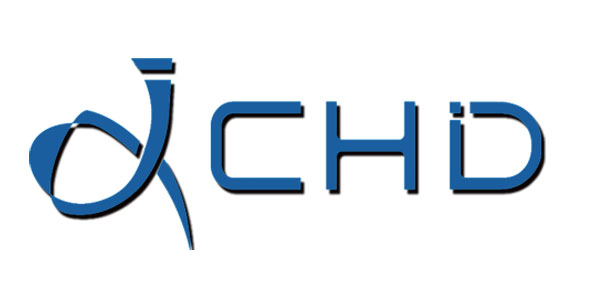
Based on the product, the hair removal wax market is segmented into soft wax which includes variants such as warm soft wax, cold soft wax, pre-made wax strips, chocolate wax, as well as hard wax variations like warm hard wax, fruit wax, sugar wax, and chocolate wax. The soft wax segment held a market of USD 6 billion in 2024 and is expected to reach USD 11.3 billion by 2034 at a CAGR of 6.6%. This segment’s supremacy is attributed to several factors, including its versatility, ease of use, and widespread availability across both professional salons and retail outlets.
Furthermore, the affordability and convenience offered by soft wax products, particularly pre-made wax strips, have contributed significantly to their popularity among consumers. As a result, the soft wax segment is projected to continue its robust growth trajectory, with revenue expected to reach USD 10.1 billion by 2032, driven by sustained consumer demand and ongoing product innovations aimed at enhancing efficacy and user experience.
Based on ingredient, the hair removal wax market is divided into organic and synthetic. Among these, the synthetic segment emerges as the dominant player, capturing a substantial market share of 84.2%. This segment is projected to maintain its lead, anticipated to reach a value of USD 17.9 billion by 2034. Synthetic waxes have become a favorite among many manufacturers because they vantage products with low risks of spoilage.
Organic waxes usually have a reduced shelf life and stability which means they offer less value to the manufacturers. Besides, synthetic waxes are much easier to produce which lowers the overall cost. At the same time, new formulas can be designed which helps smooth application and stronger adhesion while removing hair. This not only increases consumer satisfaction but also creates added value for producers thus expanding the complementors to the market.
U.S. held a hair removal wax market of USD 2.4 billion in 2024 and is expected to reach USD 4.5 billion in 2034 growing at a CAGR of 6.8%. The region’s vast population, particularly in countries like China and India, presents a substantial consumer base with diverse grooming needs. This populous demographic, coupled with rising disposable incomes and evolving beauty standards, drives significant demand for hair removal products and services.
Additionally, cultural factors play a crucial role, with grooming practices deeply ingrained in many Asian societies, leading to a higher adoption of hair removal rituals. Furthermore, the growing influence of Western beauty standards and the proliferation of social media contribute to increased awareness and demand for waxing products among consumers in the region. Moreover, the presence of a thriving beauty and salon industry in countries like South Korea and Japan further fuels market growth, with a plethora of waxing services catering to diverse preferences.

